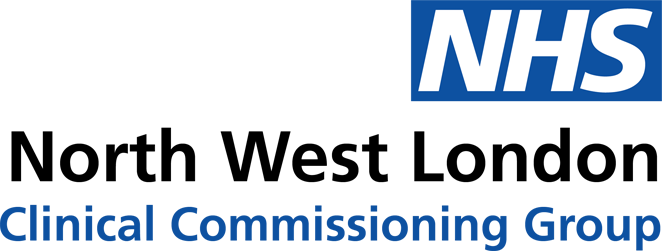More than 500 people avoid A&E thanks to innovative scheme
Published on: 26th February 2018
A&E is not always the best place to be taken if you call 999, and thanks to an improved way of working, more patients are now getting the care they need in their own home.
Over 500 people have benefitted since the scheme was introduced according to latest figures.
London Ambulance Service has been working closely with NHS rapid response teams across North West (NW) London, helping more patients to get the treatment they need in their own home. This enhanced way of working has seen more than 100 people a month being cared for at home.
This means that month on month, more and more people are avoiding unnecessary trips to A&E and possible hospital admission.
How does it work?
Ambulance crews responding to a 999 call now have all the information they need in one place to assess if a rapid response service could provide better, more suitable care for the patient, rather than taking them to A&E. If the patient is clinically suitable to be referred to a rapid response service, the ambulance crew will call one of the local response teams in NW London, who will visit the patient in their home within two hours of being contacted.
Katherine Murray, Head of Community Independence Service (CIS), Central and North West London NHS Foundation Trust (CNWL), said: “A&E is not always the right place to provide care, especially for some of our elderly patients; being taken into a busy and unfamiliar environment can be distressing. Where clinically possible it is much better for people to be treated and cared for in their own home.”
Rapid response teams include nurses, occupational therapists, physiotherapists and health care assistants who have access to medical and social care input.
They can help patients with conditions including:
- Respiratory infection or urinary tract infection
- Falls and dizziness
- Cellulitis
- Exacerbation of a long term condition, such as chronic obstructive pulmonary disease (COPD) or asthma, which can cause breathlessness
- Catheter problems
- Diarrhoea/constipation/vomiting/dehydration.
Depending on patients’ clinical needs, rapid response teams will visit a patient within two hours to carry out an urgent assessment and will continue to visit multiple times over the course of a week if required. The patients GP will also be notified and involved in their care.
What have we achieved so far?
Through collaborative work between the eight CCGs in NW London, London Ambulance Service and the rapid response teams there has been a 60 per cent increase in referrals and the numbers of patients being cared for at home. As a result of this work the demand on A&E services across NW London have reduced.
Rapid response teams have been in place across NW London for several years. In recent months ambulance crews have received refresher training and updated information about how rapid response and community support services can help keep some patients well or be treated at home.
Emily Grist, Stakeholder Engagement Manager at the London Ambulance Service, said: “The on-going work between the London Ambulance Service and rapid response teams across NW London has been extensive and we are seeing some fantastic results.”








